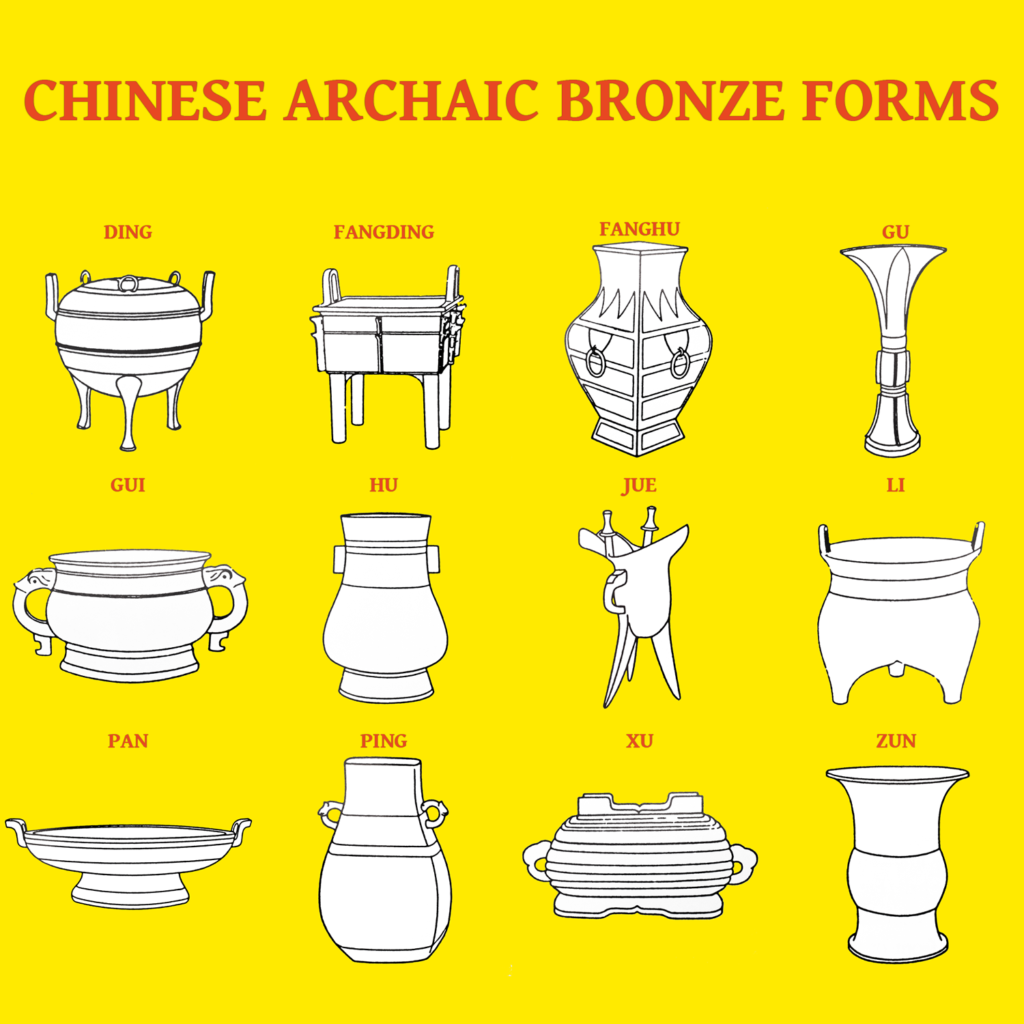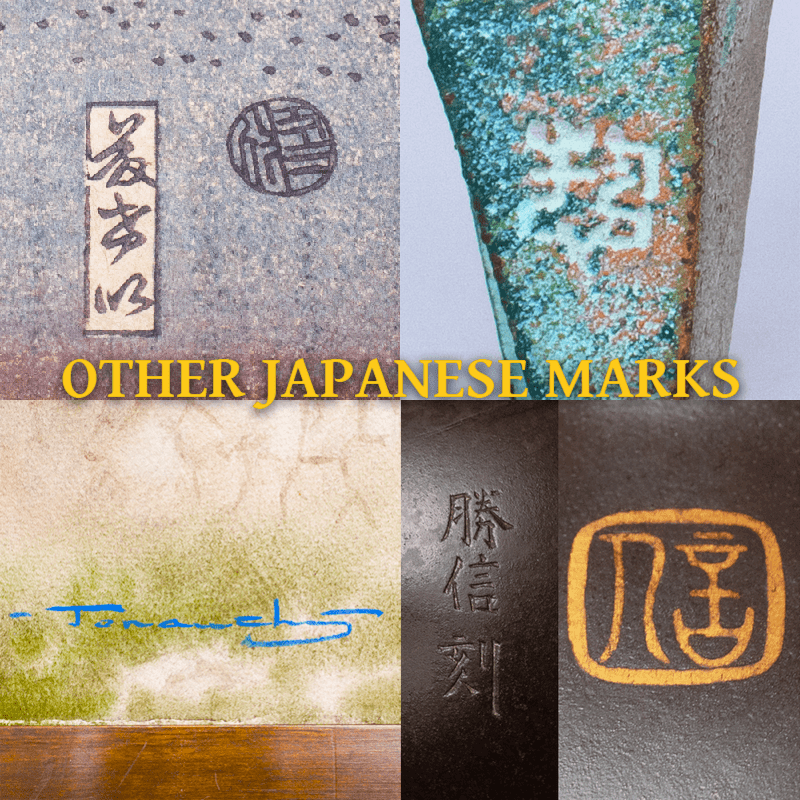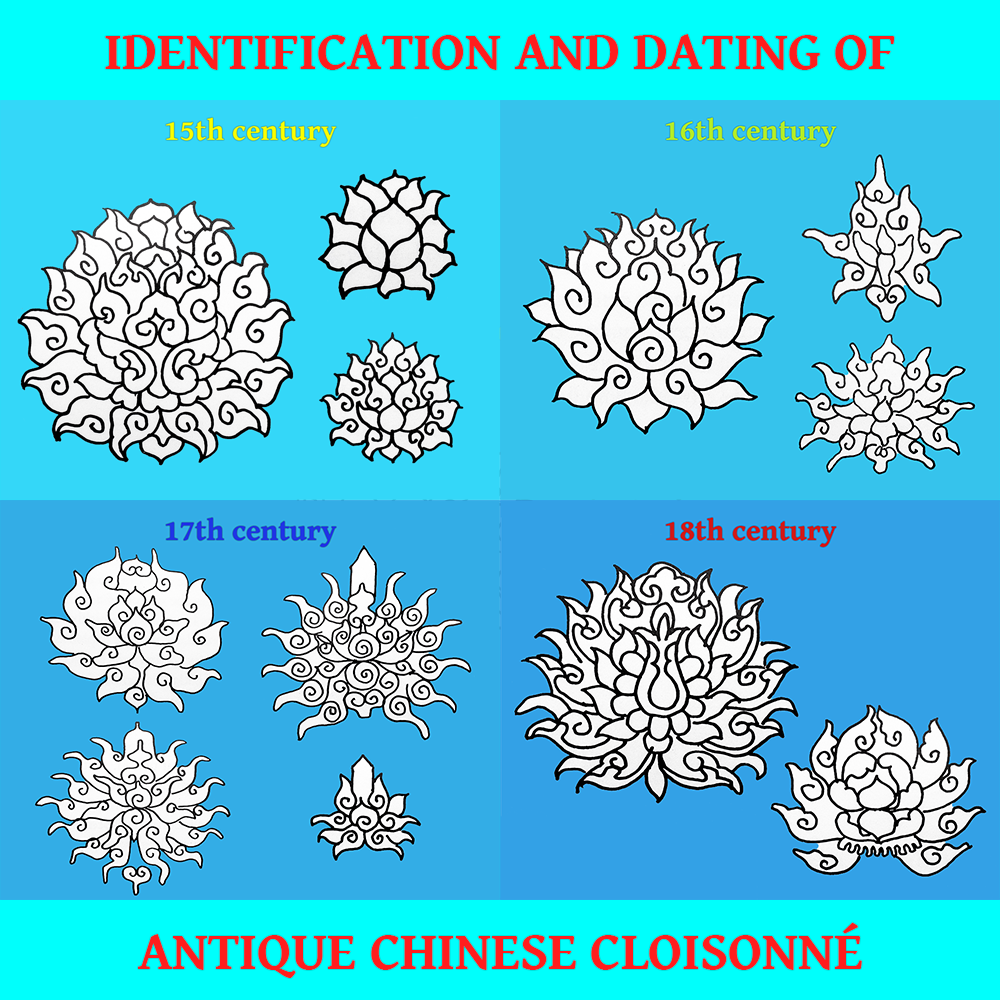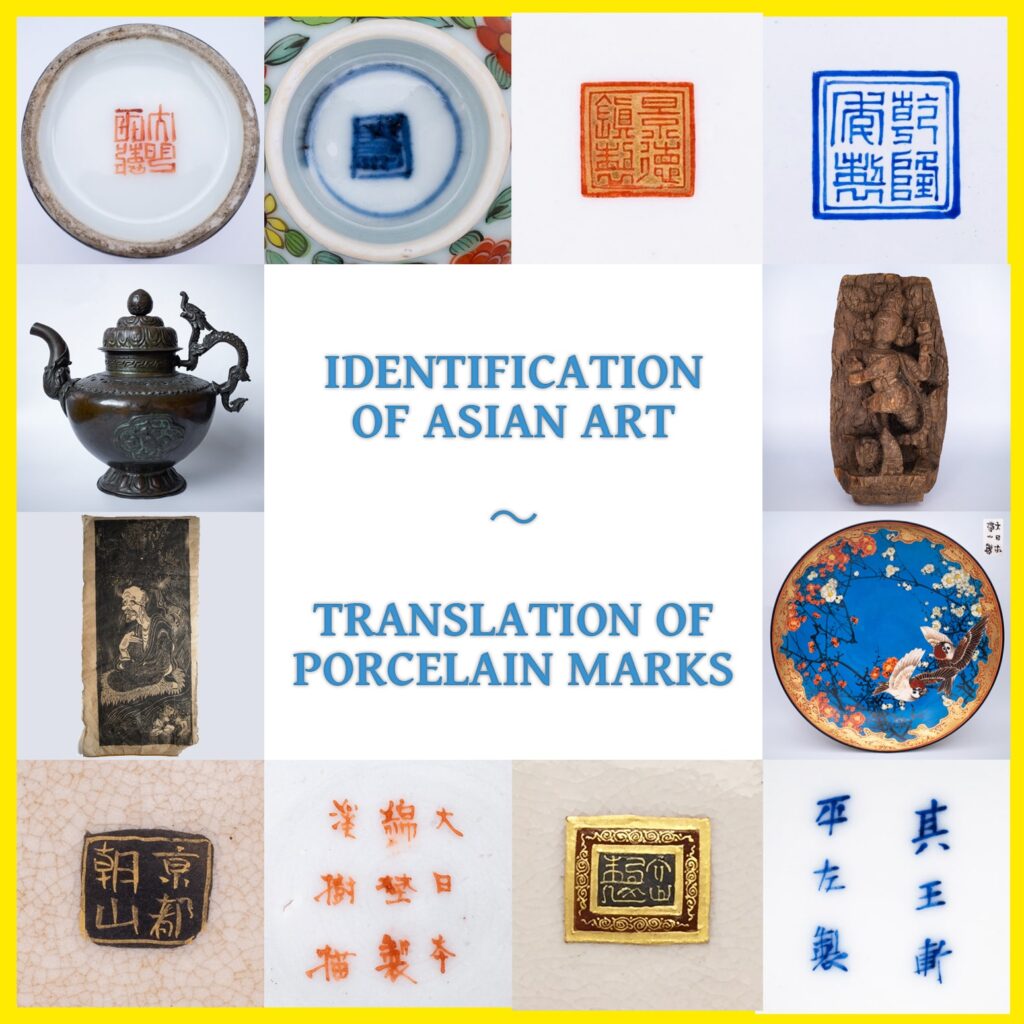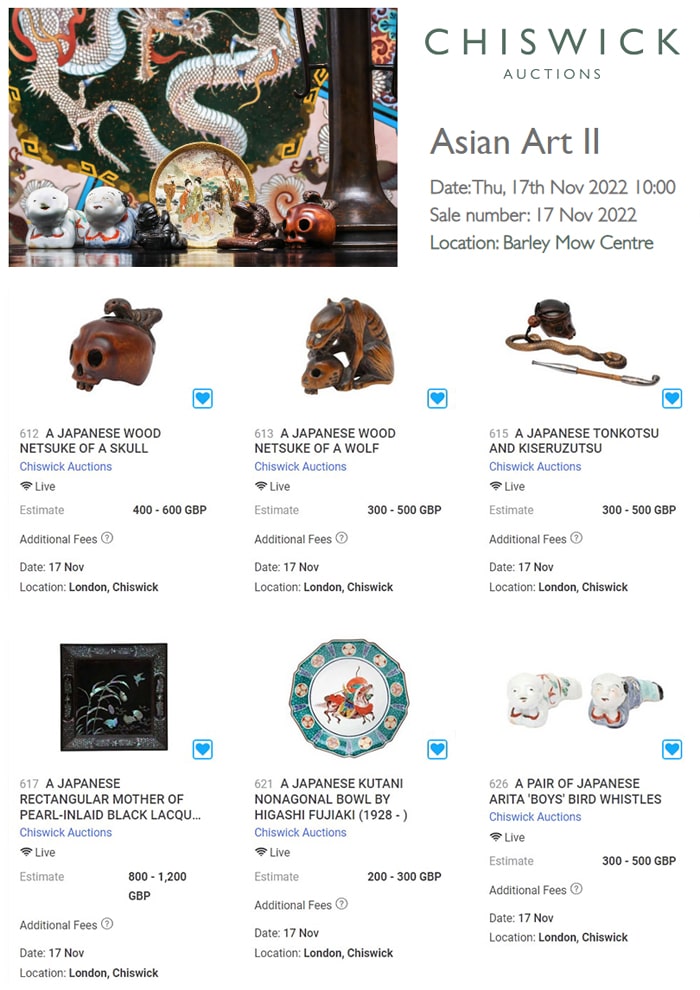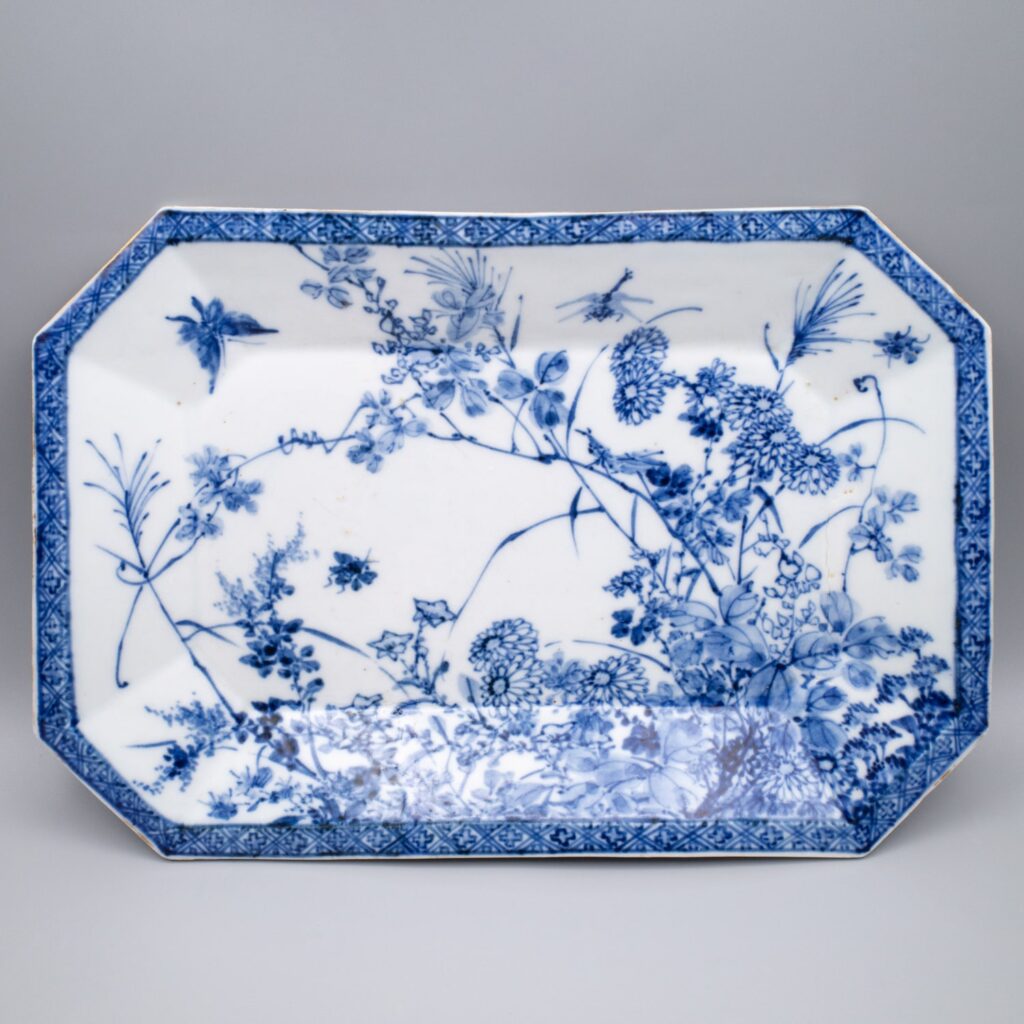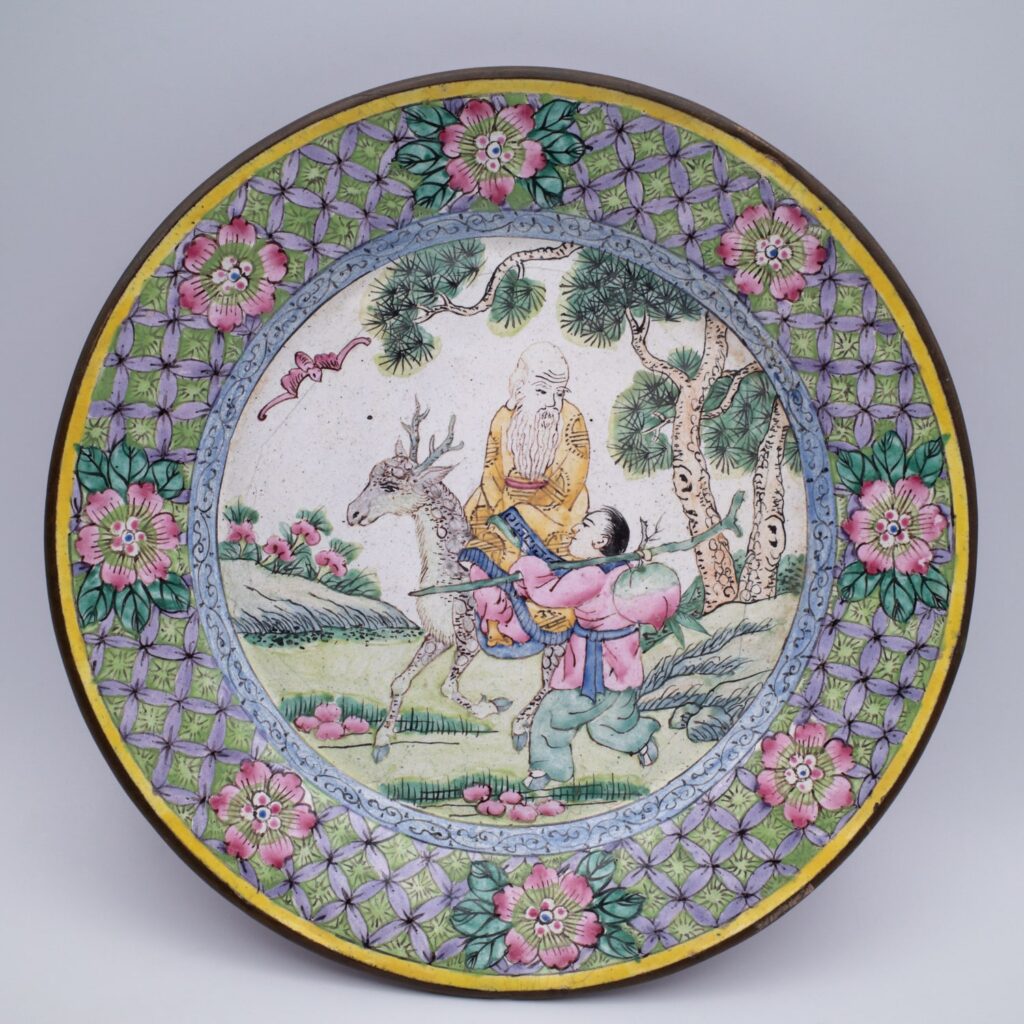December 2022 Update – New Asian art resources and eBay items
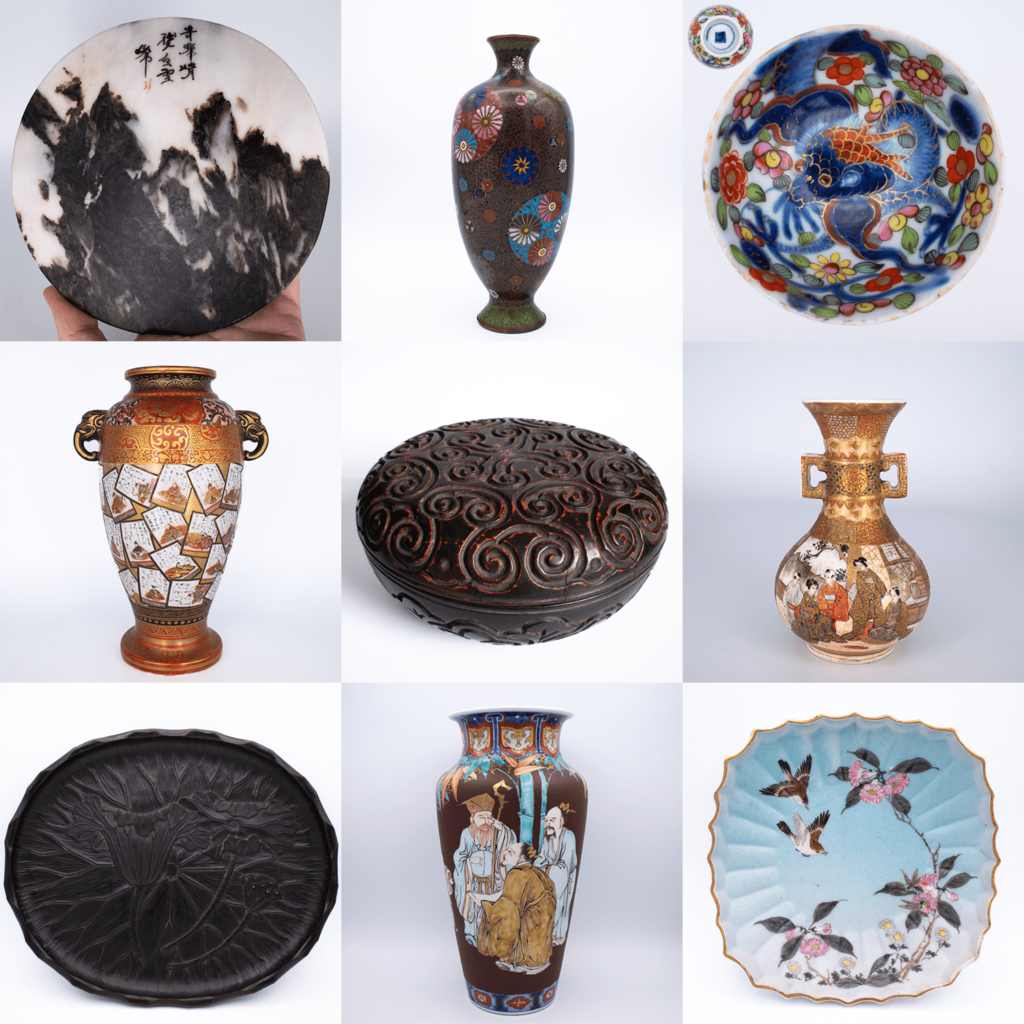
We’ve added several new resources to our database this month, including a guide to archaic Chinese bronze forms, reference page with Japanese marks on non-ceramic objects and a simple guide to identification of Ming and early Qing dynasty cloisonné. We’ve also created a separate page for enquiries regarding identification of Asian art and unknown signatures. Browse our selection of newly listed exclusive eBay items and our last auction of the year featuring a rare Chinese carved tixi lacquer box and cover. For more details and to bid, see the full list below.
Thank you so much for all your support in 2022 and wishing you a Happy New Year 2023!
Visit Asian Art Curator to bid on latest eBay auctions closing this week. Featured auctions are being added throughout the week so make sure to stay up to date! Our Resource Hub features a complete list of our free Asian art resources.
Subscribe to our newsletter to receive monthly product updates via e-mail. Easiest way to get all the latest updates is to follow our instagram and facebook pages.
Newly added resource pages
New exclusive eBay auctions and Buy It Now items

AUCTION – Antique Chinese Carved Tixi Lacquer Circular Box and Cover. Guri Ware
Very rare antique Chinese tixi black and cinnabar lacquer box with domed lid. Carved all around in low relief with rows of ruyi shaped scrolls radiating outward from a four-pointed central motif.
Diameter: 18 cm
Height: 9 cm
Auction closing 4 January, 2023

Fine Antique Japanese Sharkskin Glazed Fluted Porcelain Bowl by Takeuchi Chubei
Very beautiful blue-ground porcelain bowl by Meiji artist Takeuchi Chubei, decorated in unusual textured ‘sharkskin’ glaze (鮫肌釉). Depicting a scene with birds, wasps and flowers. Base inscribed with characteristic patent number in iron red overglaze enamel.
Dimensions: 17.5×17.5 cm

Antique Japanese Relief Carved Oval Wooden Tray With Lotus and Articulated Seeds
Gorgeous antique Japanese wooden tray carved in low relief and depicting lotus leaves and a pod with articulated seeds inside. Great decorative piece!
Dimensions: 30×25 cm / 12×10 inches

Fine Antique Japanese Cloisonne Enamelled Vase. Meiji period
Fine Japanese black-ground cloisonné vase decorated with a myriad of colourful floral and geometric cartouches.
Height: 21 cm
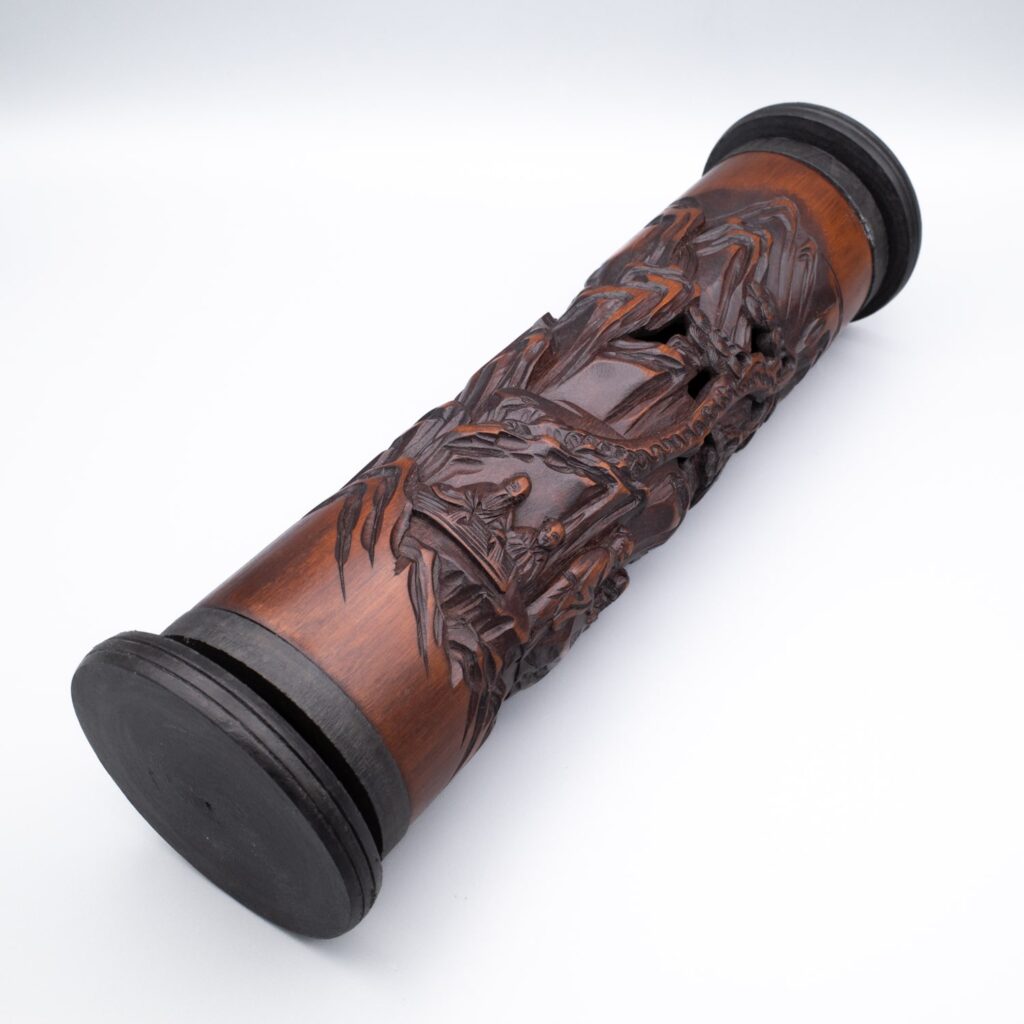
Antique Chinese Carved Bamboo Incense Holder Censer Burner. 19th c. Qing Dynasty
Beautifully carved Chinese bamboo incense stick holder depicting a congregation of scholars under a large pine tree, some playing Go and others in conversation. They are surrounded by impressive rocky outcrops. We have another very similar one listed with carved Tongzhi reign mark (1861-1875).
Height: 28 cm

Fine Antique Japanese Kutani Porcelain Vase With Uta-garuta Yomifuda Poem Cards
Truly unique and finely painted antique Japanese Kutani porcelain vase with elephant head handles. Depicting traditional Japanese Uta-garuta yomifuda cards with poems written in tiny calligraphic script. Marked with impressed Kutani mark under the glaze as well as with iron red overglaze mark that reads 大日本九谷 清綠社画 (?)
Height: 21 cm

Large Antique Japanese Arita Porcelain Vase With Scholars in Bamboo Grove
Beautifully painted antique Japanese Arita porcelain vase depicting a continuous scene with scholars and their attendants in a bamboo grove. Scene is set against an unusual matt brown background. Nice example with great expressive faces of the figures depicted. Unmarked.
Height: 30.5 cm / 12 inches

Antique Chinese Imari Porcelain Tea Bowl Cup And Saucer With Butterflies. 18th century
Lovely 18th century Chinese export porcelain tea bowl and saucer decorated in imari palette. Featuring various types of butterflies flying amongst floral sprays.
Dimensions
Saucer – diameter 11.7 cm
Tea bowl – diameter 7.5 cm

Antique Chinese Clobbered Blue and White Porcelain Dragon Tea Bowl. Qing Dynasty
Cute antique Chinese blue and white export porcelain tea bowl with underglaze blue decoration featuring dragon coiling around the outside of the cup and over the rim with upper half of his body inside the cup. Embellished or ‘clobbered’ all around with colourful overglaze enamels done in Europe. Square underglaze blue shop mark within a circle underneath.
Diameter: 7 cm
Height: 3.5

Fine Antique Japanese Miniature Satsuma Pottery Vase. Unmarked.
Tiny antique Japanese Kyoto Satsuma vase with twin handles. Painted with figural scenes on either side and with heavily gilded geometric borders and diapers all around. Very fine example given its size. Unmarked, apart from a single iron red line to the base.
Height: 9 cm

Antique Chinese Dream Stone Round Shih-Hua With Inscription
Very pretty antique Chinese dream stone with inscription. Semi-translucent, creating beautiful subtle effect with light shining from behind. Originally would have been mounted in a wooden frame.
Diameter: 16.5 cm
